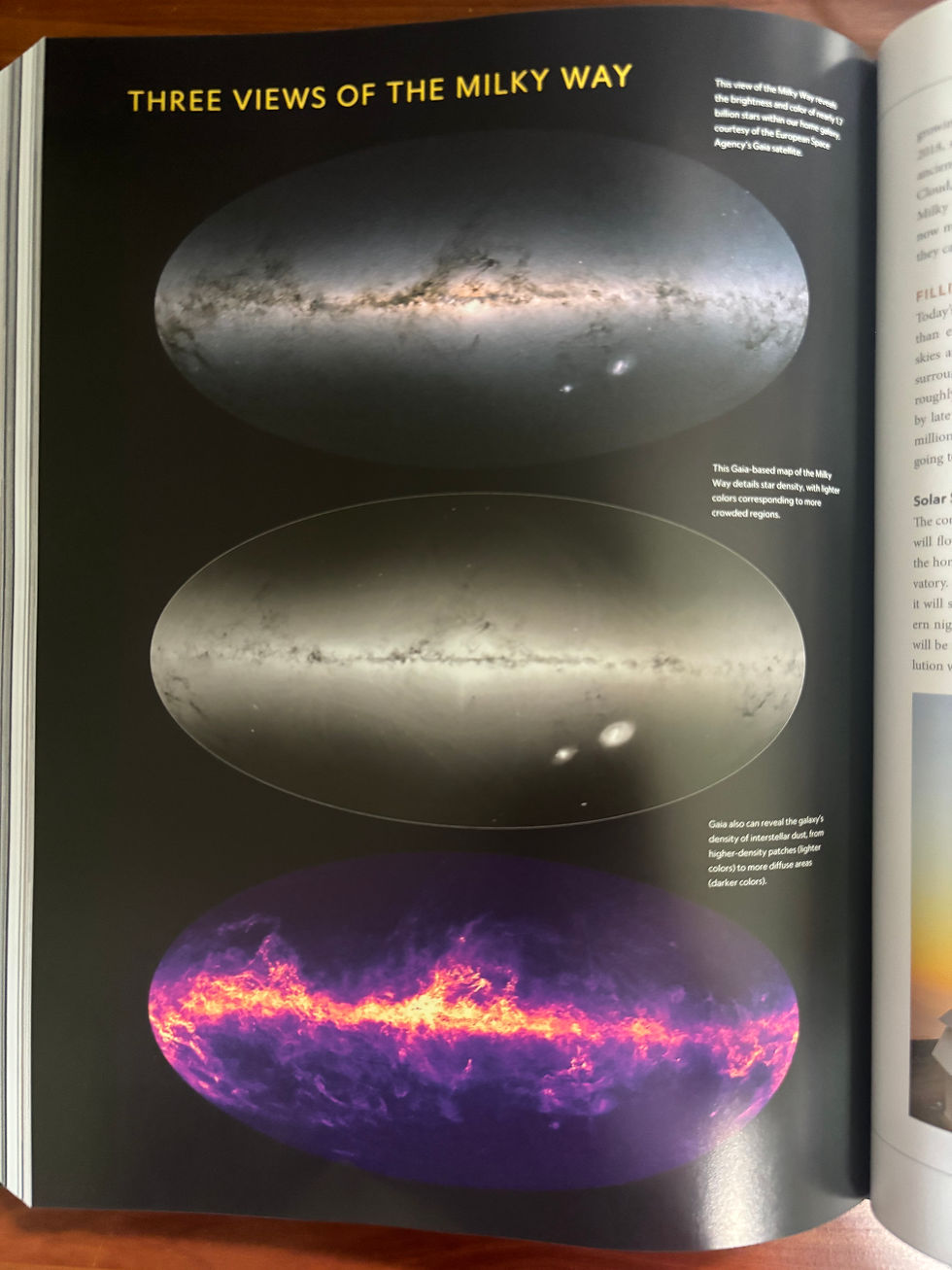
Astronomy Class #1
In this class, Felix provides a comprehensive overview of the first five planets in our solar system, discussing their key characteristics and important missions that have helped us understand them. He covers each planet’s unique features, such as atmosphere, surface, and environmental conditions, while highlighting the role of space missions in revealing critical data about these planets. Throughout the lesson, Felix uses visuals and mission insights to offer a deeper understanding of how these planets fit into the broader context of our solar system exploration.
Astronomy Class #2
In this class, Felix dives deep into two fascinating topics: Saturn and supernovae. He begins by exploring Saturn, covering its iconic rings, atmospheric composition, and unique moons. Felix also highlights significant missions like Cassini, which provided unprecedented data on Saturn’s structure, rings, and complex weather patterns. He explains Saturn’s position in the solar system and its influence on our understanding of gas giants.
The second half of the class shifts focus to supernovae, the powerful explosions that mark the death of massive stars. Felix breaks down how supernovae form, from the initial fusion processes within stars to the eventual collapse that leads to these explosive events. He discusses famous supernovae, such as SN 1987A and Tycho’s Supernova, explaining their historical importance and how they’ve helped scientists learn more about stellar evolution, black holes, and neutron stars. Using visuals and scientific data, Felix gives the audience a comprehensive look at both Saturn’s wonders and the dramatic lifecycle of stars ending in supernovae.
Astronomy Class #3
In this class, Felix will take an in-depth look at the outer planets Uranus and Neptune, as well as the fascinating world of exoplanets. Beginning with Uranus and Neptune, the class will explore their unique atmospheres, magnetic fields, and the discovery of their moons and rings. Felix will also discuss how missions like Voyager 2 have expanded our knowledge of these distant ice giants and their role in the solar system.
The class will then transition to exoplanets, planets outside our solar system, where Felix explains how astronomers discover these distant worlds using techniques like the transit method and radial velocity. He will discuss notable exoplanets, their potential to support life, and the cutting-edge technology driving exoplanet research. With a combination of planetary science and discoveries beyond our solar system, this class provides a comprehensive look at the outer planets and the ongoing search for worlds around other stars.
Astronomy Class #4
In this class, Felix will explore two of the most intriguing topics in astronomy: Pluto and black holes. He begins by delving into Pluto’s fascinating history, from its discovery to its reclassification as a dwarf planet. The class will cover Pluto’s unique characteristics, including its icy surface, atmosphere, and moons, as well as the groundbreaking insights from NASA’s New Horizons mission, which provided the first-ever close-up images of Pluto.
The second half of the class will focus on black holes, mysterious regions of space where gravity is so intense that not even light can escape. Felix will explain how black holes form, the different types that exist, and their role in the universe. The class will also explore famous black holes, such as the supermassive black hole at the center of our galaxy, and the cutting-edge technology used to study these cosmic giants. Combining the icy world of Pluto with the enigmatic nature of black holes, this class offers a captivating journey through two of astronomy’s most remarkable phenomena.
Astronomy Class #5
In this class, Felix will take students on a journey through the life cycle of stars and the groundbreaking discoveries of NASA’s Mars Perseverance Rover. The session begins with an exploration of the life of stars, covering their formation in stellar nurseries, the stages of stellar evolution, and their eventual fates—whether as white dwarfs, neutron stars, or black holes. Felix will explain how stars like our Sun are born, live, and die, illustrating the intricate processes that shape the universe.
The second part of the class focuses on the Mars Perseverance Rover, its mission to explore the surface of Mars, and its search for signs of ancient life. Felix will cover the advanced technologies onboard Perseverance, including its ability to collect samples, study Mars’ geology, and even test future technologies for human exploration. Students will learn about Perseverance’s discoveries and how this mission is paving the way for future missions to the Red Planet. This class combines the cosmic scale of stellar evolution with the cutting-edge exploration of Mars.
This book excels in giving you the hard facts about each constellation. It neatly pieces together all the constellations in a very organizing fashion, making it very easy for amateur stargazers
100 Things to See in the Night Sky


Here are some Astronomy Books that are extremely helpful for beginning your stargazing journey!
Books!






By far one of the most comprehensive stargazing books I've ever read. The book is filled with incredible visuals and maps for you to understand the stories behind constellations and how to spot them
Stargazer's Atlas by National Geographic


Suited for younger audiences, this book has great visuals and explains astronomical concepts in a clear fashion! Also, this book focuses on the science of these processes too!
Stars and Galaxies





